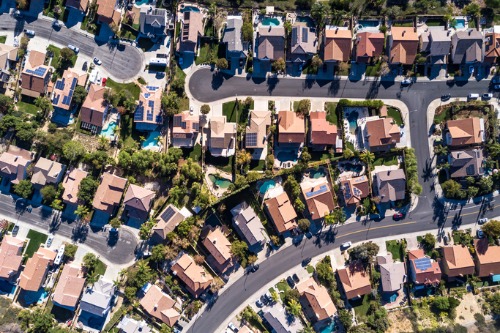Markets in the West are still seeing decreasing or slow growth

US home prices gained 3.2% in July, ending 15 months of year-over-year declines in a leading home price index.
But the overall gain for the S&P CoreLogic Case-Shiller National Home Price Index belies cooler conditions in some markets in the West such as Seattle, where prices were still declining; and San Francisco where growth is close to zero.
“The geographic flip-flop of home price growth has cemented itself strongly across the country,” said Dr. Ralph B. McLaughlin, CoreLogic deputy chief economist. “Pacific markets are now making up a majority of housing markets with the lowest price growth, while second-tier markets in the South and Midwest continue to lead the country. This is a result of years of unprecedented yet unsustainable growth along the West Coast combined with stubbornly solid economic growth that is benefitting areas initially left out of the recovery from the Great Recession.”
For the top 10 metropolitan areas, average price growth increased by 1.6%, down from the previous month’s 1.9% increase.
For the top 20 metropolitan areas, it was the 16th straight month of slowing price growth, posting a gain of 2% year over year, down from 2.2% in June. Eleven of the top 20 metropolitan areas reported lower price increases compared to the previous month, which is unchanged from June.
“Overall, leadership remains in the southwest (Phoenix and Las Vegas) and southeast (Charlotte and Tampa),” said Philip Murphy, Managing Director and Global Head of Index Governance at S&P Dow Jones Indices. “Other pockets of relative strength include Minneapolis, which increased its YOY gain to 4.2%, and Detroit, which is closely behind at 4.1% YOY.”
Monthly stats
Before seasonal adjustment, the National Index posted a month-over-month increase of 0.4% in July. The 10-City Composite remained flat and the 20-City Composite reported a 0.1% increase for the month.
After seasonal adjustment, the National Index recorded a 0.1% month-over-month increase in July. The 10-City Composite posted a 0.1% decrease and the 20-City Composite did not report any gains. In July, 15 of 20 cities reported increases both before and after seasonal adjustment.



